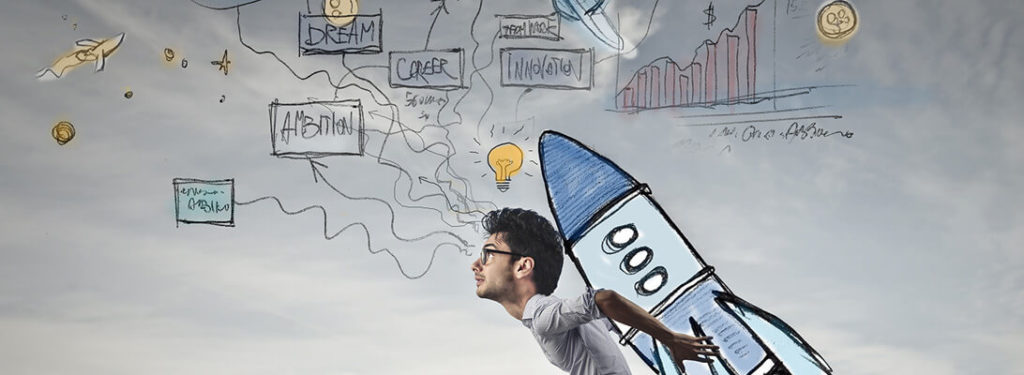Hotel revenue management has evolved into a very different science from what it was when airlines began using it many years ago, and one of the fascinating aspects of observing its evolution is tracing it back to those airline beginnings. Why did airlines initially begin adopting revenue management approaches and how has it evolved to what hotels are using today?
The application of mathematical models – specifically to travel pricing – can be tracked back to the mid-1970s. Before then, the use of analytics in travel sales was limited to approaches surrounding overbooking. But in the mid-’70s, after deregulation of the US airline industry, a number of airlines introduced discounted fares that were sold into the same compartment as the already-available full fares. These new discounted fares generally required significant advance purchase: 21 days.
These new discounts allowed the airlines to fill seats that would have otherwise gone unused on low-demand flights. But as a result, the airlines needed a method to control the number of reservations taken on these reduced fares when demand for late-booking, full-fare passengers was expected and when total demand from both discounted and full fares would exceed capacity. Managing these sales required airline systems’ inventory control capabilities to evolve so that analysts could control the number of discounted sales on a day-by-day and flight-by-flight basis.
Next, the airlines formed yield management groups. The yield manager’s role was to maximize revenue on each flight by predicting the sale of full-fare reservations and controlling the number of discounted seats sold accordingly. The amount of space to reserve for these future reservations was (and still is) referred to as protection. As the industry evolved this practice, airlines developed increasingly complex fences (restrictions placed on discounted fares) to distinguish these fares from full fares (and each other). The fences reduced dilution (reduced revenue caused by a customer purchasing a discounted fare that was not intended for his market segment). Airlines enhanced their selling systems to enforce these restrictions as they were developed and adapted.
Some examples of fences include:
- Advance reservations
- Non-refundable fares
- Minimum length of stay (including the infamous “Saturday night stay” requirement)
- Maximum length of stay
- Day-of-week applicability
Click to Tweet: Taking flight: The evolution of revenue management science
As this business process evolved, mathematicians began to model the problem based on the manner in which the business was being run at that time (ca.1985). Their goal was to find the mathematically optimal protection levels that would maximize revenue. The business had evolved to the point where multiple protections would need to be calculated for any given flight departure – because there were now many different discounted fares available – each with a different value and customer target segment. In effect, the mathematical problem involved determining the maximum number of each of these different discounted products that should be sold to maximize revenue. The early systems developed for this purpose were known as yield management systems, and they mark the beginning of revenue management as a science.
Throughout the years, the hospitality industry has also adopted similar scientific revenue management models and systems to solve their unique forecasting and optimization business challenges – and its own evolution is bringing flexible and integrated models driven by sophisticated analytics.
